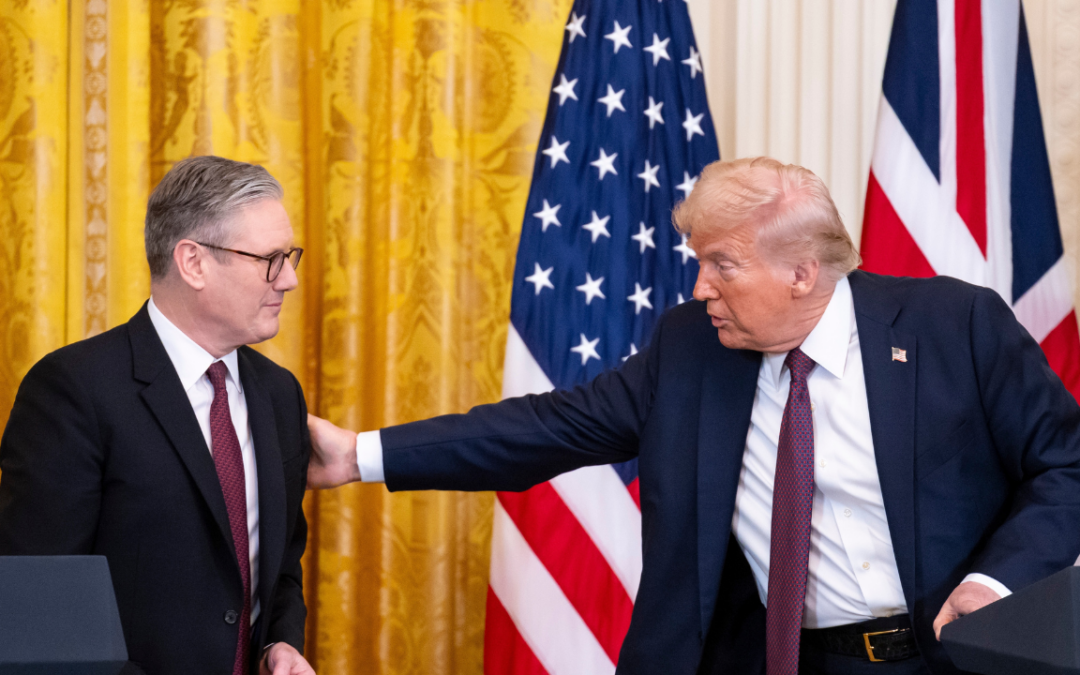What it means—in plain English
- In 2020 the world economy is likely to extend its longest expansion on record.
- Inflation has defied forecasts by staying low. Don’t count on that changing anytime soon.
- The biggest risks are political, not economic. Partly, that reflects a resilient world economy. Mostly, it reflects the potential for harm wrought by populism, nationalism and nativism.
- Investors have to lower their expectations. Above-average returns are a thing of the past.
As the US expansion approaches its eleventh year—its longest in the postwar era—many observers feel obliged to count its final days. Yet business expansions are not determined by biology. Expansions don’t die of old age. Left to their own devices, market-oriented economies grow, driven by an innate human desire to better our lot.
When expansions end, it is either because of imbalances or shocks. Examples of the former include ‘excess demand’ and surging inflation, to which central banks respond by hiking interest rates, often resulting in recession. Excessive credit growth is another imbalance, which at some point leads to default, financial stress and recession (or worse). Shocks can include war, severe political uncertainty, oil supply disruptions or a stock market collapse.
Put differently, expansions end either for endogenous reasons—runaway inflation that must be tamed, unsustainable credit growth that suddenly slows—or for exogenous reasons, such as war, uncertainty or spiking energy prices. Or a combination of both.
At the start of 2020, endogenous risks to the global expansion appear slight. In all major advanced and emerging economies core inflation and inflation expectations are below levels desired by central banks. Although overall indebtedness is high in most economies relative to their history, outside of China credit growth has not been the principle driver of economic activity in the past decade. Accordingly, unless interest rates spike—which seems unlikely so long as inflation remains subdued—an endogenous ‘credit crunch’ should not be expected.
Putting aside exogenous shocks for the moment, if the preceding is correct then the most likely outcome for the world economy in 2020 is trend-like growth. Above-trend growth is unlikely, given near full-employment in the US, Japan and much of western Europe. Below-trend growth is equally unlikely, given the absence of monetary or fiscal policy restraint. Accordingly, the world economy is likely to expand at around a 2.5% rate in 2020, led by emerging market growth of 4.0-4.5%.
In the details, rising US household real income, courtesy of solid jobs growth and rising real wages, coupled with positive wealth effects and low financing costs, will support reasonable consumer spending. A US consumer boom appears unlikely, however, given more prudent household behavior that has become the norm since the global financial crisis (GFC), reflected in a multi-decade high personal savings rate near 8%. Elsewhere, receding trade war risks and the absence of global inventory overhangs ought to underpin recoveries of global purchasing manager indices, industrial production and world trade growth. The chief beneficiaries will be the more trade- and manufacturing-oriented economies of emerging Asia and western Europe.
While core inflation in most countries is likely to rise as excess capacity is absorbed, inflation expectations and realized inflation outcomes in 2020 will remain at or below levels desired by the world’s major central banks. To be sure, economists (including yours truly) have less faith in their inflation models, given their poor recent track records. Nevertheless, for a variety of structural and behavioral reasons it appears unlikely that wage or price inflation will accelerate sharply over the next twelve months.
As a result, bond yields are apt to rise only modestly in the year ahead, reflecting better growth prospects and some tendency for inflation to accelerate. Central banks will keep policies accommodative, with the result that yield curves—the difference between long- and short-term interest rates—will steepen modestly this year.
Risks to the view
In sum, the outlook appears benign. What could go wrong?
As noted above, economic models no longer explain inflation very well. If, contrary to the expectations of most economists and the overwhelming number of market participants, inflation does accelerate sharply in the US, Europe or Japan this year, cyclical and market risks will jump significantly. Bond and equity markets will sell off sharply in anticipation of significant changes to monetary policies. Recession in 2020 or 2021 will become the base case. For that reason, inflation warrants close attention. For investors, the most important inflation gauge will be the US core personal consumption expenditures release, the Fed’s favorite inflation measure.
Yet, as the first week of the year underscored amid rising US-Iranian tensions, the more probable source of economic and market dislocations is likely to be an escalation of political risk—an exogenous shock. The unorthodox political outcomes of recent years in the US, the UK, parts of Europe and in selected emerging economies have made political and policy outcomes much more difficult to predict. Trade tensions could re-emerge in the ‘blink of a tweet’. An escalation of military reprisals between the US and Iran could lead to concerns about a disruption of oil supplies through the Straits of Hormuz, unleashing a spike in energy prices and risk premiums, and perhaps inflationary expectations. Later in 2020, concerns about regulatory or tax changes arising from the outcome of the US November elections could have adverse impacts on corporate decision-making and investment returns, for instance in the healthcare or energy sectors.
Lastly, observers must remain on alert for all-but-impossible-to-forecast corporate or household defaults, reminiscent of those of the early 2000’s (e.g., WorldCom) that could rapidly erode confidence, leading to a damaging pull-back in lending. Corporate credit markets are particularly risk-prone for two reasons. First, borrowing by companies with poor credit ratings has grown rapidly in the past decade, suggesting defaults will rise significantly at some point. Second, credit fixed income markets are notoriously illiquid, particularly during episodes when investors choose to pare back positions. The potential for those markets to ‘freeze up’ has been compounded by regulations introduced after the financial crisis, which have reduced the ability of investment banks to ‘warehouse’ risk during episodes of market weakness.
Implications for financial markets
After the powerful global equity market rally of 2019, investors would be wise not to extrapolate similar performance into 2020. US equity valuations are some 20-25% above long-term norms, while in Europe and emerging markets profits growth has not yet picked up. The base case, therefore, calls for a reversion from the heady gains of 2019 to more modest and trend-like stock market advances this year. Globally, equity markets are likely to offer returns below 10% this year, with US markets delivering perhaps half that amount.
Still, an ongoing global expansion with improved growth prospects in Europe and emerging markets, reinforced by a weaker US dollar should support rotation into cyclical and value sectors, with financials, emerging markets and European segments outperforming. After a decade of leadership, the US stock market, growth and defensive sectors are set to lag other alternatives in 2020.
A bear market in bonds remains unlikely. Structural, institutional and demographic factors continue to limit the ‘great rotation’ out of fixed income securities and into equities. Pension funds, banks and other financial intermediaries need to keep buying government and corporate bonds, underpinning demand. Absent inflation, central banks will keep short-term interest rates low. Finally, improved growth in the ‘rest-of-world’ relative to the US ought to result in a modest weakening of the US dollar in 2020.



